1. Where to Stay
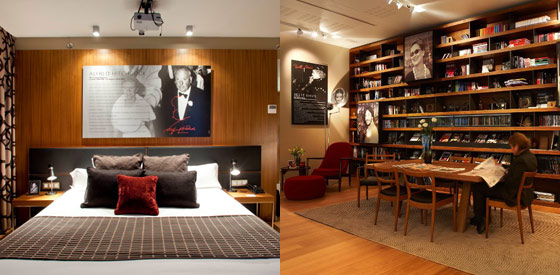
Step back in time at Villa Soro (from $208, including breakfast), a renovated nineteenth-century villa designated as one of San Sebastián’s Historical Heritage buildings near the Parte Vieja (Old Town). Its 25 rooms combine the comfortable touches of a bed and breakfast with Old World grandeur, like tall French doors that open onto private terraces. Aside from breakfast, there’s no dining here, but you can enjoy afternoon tea in front of the antique fireplace or have a drink at the bar and admire the original oak paneling in the former dining room.
Wake up with a view of the sea from your in-room balcony at Hotel de Londres y de Inglaterra (from $200), built in 1865 at the center of La Concha beach. Once the residence of Queen Isabella II before her exile in Paris, today it’s the best option if you want to maximize your time on the sand. At night, have a glass of cava ($6) on the terrace ofBar Swing and admire the turn-of-the-century nautical décor including a large, glass-encased model of a whaling ship and paintings depicting the city’s history as a mercantile power.
Tap into the local love affair with film at Hotel Astoria 7 (from $195), which opened in 2009 as the city’s first contemporary design hotel. Inspired by the local film festival held every September, each of the rooms is dedicated to a different actor or filmmaker who has appeared at the festival since its inception in 1953, but in all of them, you’ll find career-summarizing placards above the bed and “do not disturb” signs featuring an old macabre Hitchcock joke.
2. Where to Eat
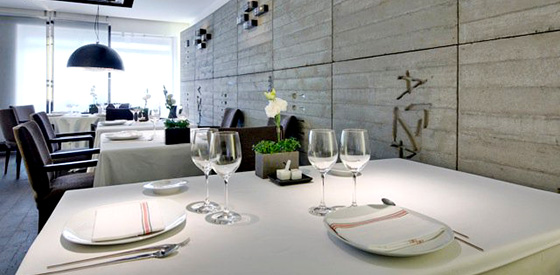
Taste modern reinterpretations of traditional pintxos at A Fuego Negro, where vintage action figures and Michael Jackson memorabilia adorn the walls. You’re here for innovation, so order the twelve-course “super tasting menu” ($57) for small-plate surprises like frozen cheese with sardine or pickled pork ear with frozen mole ice cream, all explained in English by the patient waitstaff. No matter what night, expect to try a few standbys, including the famous mini-burger made with wagyu beef and frozen gazpacho in flavors like beet, mango, and green apple.
Sample traditional Basque cuisine with a few unique twists at Michelin-starred Kokotxa in Old Town, where the all-white space pairs with a conservative menu of stripped-down ingredients. For an authentic dish, try the Hake Kokotxas ($39) with pil pil sauce, an emulsion made from juices of the fish and olive oil that is made throughout the region. For dessert, be sure to try the creamy caramelized French toast ($11).
Hop in a cab and head to the suburbs for dinner at Arzak, which manages to stand out even in the city with the highest concentration of Michelin stars per capita. The nine-course tasting menu is a splurge at $195, but the restaurant helped pioneer New Basque cuisine and continues to serve cutting-edge plates like rockfish mousse wrapped in crunchy noodles. Reservations are hard to come by, so start planning at least two months in advance.
3. What to Do
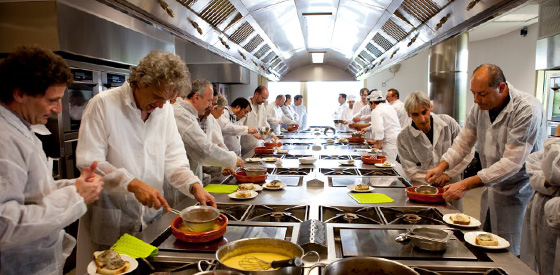
Go bar-hopping among the locals to experience the delicious culture of pintxos, the Basque version of tapas. Almost every bar in Old Town serves cured meats, cheeses, and other delicacies (generally $2.50–$6 a piece), which residents enjoy before and after dinner but not much later than 11 p.m. Pace yourself by starting off light at trendy Atari Gastroteka (Calle Mayor, 18, 943 44 07 92), where you can try sushi-and-shrimp pintxos ($2.50). Next, wander over to local favorite La Cuchara de San Telmo, hidden away at the far back corner of an alley in front of the Museo de San Telmo, for more carnivorous fare like beef cheek in red wine ($4). For dessert, stop in at La Viña, a slightly divey-looking joint whose supremely soft cheesecake ($2.50) is famous across Europe.
Take a two-hour or half-day “Enthusiast” class ($44–$63 per person) at the new Basque Culinary Center, which opened last year in a striking building that looks like a slightly off-kilter twin of Frank Lloyd Wright’s Guggenheim Museum. The school’s curriculum was designed by Spain’s Ferran Adrià, Denmark’s René Redzepi, and France’s Michael Bras; visitors can learn recipes from their sin fuegos (“no fires”) cookbook or how to perfectly pair all kinds of cheeses with the right fig jam, peach, or pepper. Most courses are taught in Spanish, but English classes are offered in certain months.
Sidle up to local chefs at the underground Mercado de la Bretxa, located below a late-nineteenth-century neoclassical building, for a look at a dazzling array of seafood laid out on ice, plus other culinary treasures like produce and sausages. For the best Iberian ham known as pata negra (from $2 per ounce), walk over to the IKER delicatessen and help yourself to a free sample of the charcuterie beneath the same array of dangling pig legs you’ll find hanging over the bars in Old Town.
4. Insider’s Tip
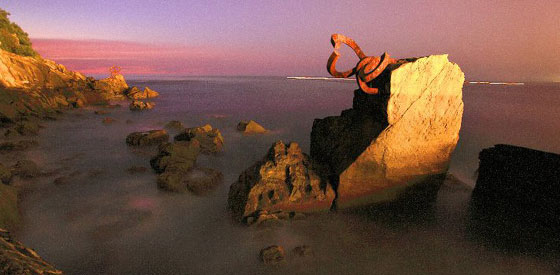
The beloved open-air museum dedicated to the works of famed Basque sculptor Eduardo Chillida closed to the public last year, but you can still find his sculptures scattered around the city. You might stumble across some on the promenade of La Concha beach, but his most sublime work is also the hardest to find. To see El Peine del Viento XV (“The Wind Comb”), walk along the beach toward Monte Igueldo, but take the Paseo de Eduardo Chillida all the way out until you see the waves crashing against Chillida’s breathtaking iron sculpture.
5. Oddball Day
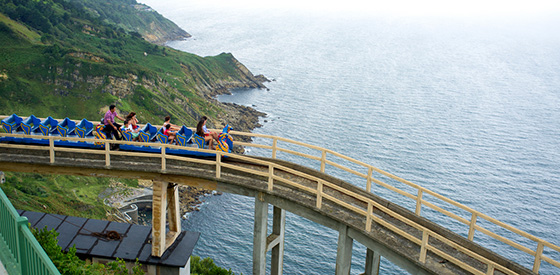
Take a break from playing gourmand to walk the two-and-a-half-mile waterfront of La Concha Bay, the geographical heart of San Sebastián (“Donostia” in the Basque language), and scale the small mountains overlooking the city at each end. Start off with a light breakfast of pastries ($3) and coffee ($2) at the Chez Croissant cafeteria (Calle Easo, 7, 943-43-0716) near the bay before hiking the winding paths up the 400-foot-high Monte Urgull, which played a crucial role in 1813 Siege of San Sebastián and the Carlist Wars of the late nineteenth century. (The city’s climate is temperate year-round, but swift weather changes are normal, so pack a light jacket and umbrella in case of light rain.) Get up close to the towering 39-foot statue of Jesus, erected in 1950, and explore the centuries-old military ruins and La Mota Castle. Once you’re back at sea level, stop into the Aquarium Donostia-San Sebastián ($15) to gaze up at the skeleton of a 46-foot-long Basque whale and walk through a glass-encased tunnel providing 360 degrees of sharks and moray eels. For lunch on the beach, walk over to Marinela (Paseo del Muelle, 15, 943 42-7383). The space is disarmingly casual, but the unfussy seafood, like monkfish ($14) served on the bone with lemon and olive oil, speaks for itself. Next, stroll down the waterfront lined with waltz-playing buskers and watching small yachts bob in the bay before renting a stand-up paddleboard from Alo Kayak ($12 per hour) to cruise the gentle waters. Next, keep walking along the Paseo de Eduardo Chillida, following the signs to the funicular ($6), which will take you to the top of Monte Igueldo, where you can spend the rest of the afternoon at Parque de Atracciones Monte Igueldo, a classic, turn-of-the-century amusement park. The highlight is the tame roller coaster, Montaña Suiza, which feels more like a sightseeing tour that wraps around the mountain top. Try a slice of coconut or a chocolate-covered waffle ($2.50) from the food stall before heading to the top of the Tower ($2.50), an old lighthouse with even better views of the bay. End the night back in Old Town to snag a table in the courtyard at the back of popular Bidebide for satisfying late-night snacks including a sandwich of lomo (cured beef tenderloin), bacon, cheese, and aioli ($8).
6. Links
Todopintxos is a handy resource for keeping track of the seemingly endless number of pintxo bars and their delicious offerings.
Keep track of which films are making their debuts at the legendary San Sebastián International Film Festival held every September.
Sign up for the Gastronomic Walking Tour led by an ex-London finance worker turned Basque foodie at San Sebastián Food.
Read up on the city’s preparations for its status as a href=”http://www.sansebastian2016.eu/web/guest/inicio”>European Capital of Culture in 2016.